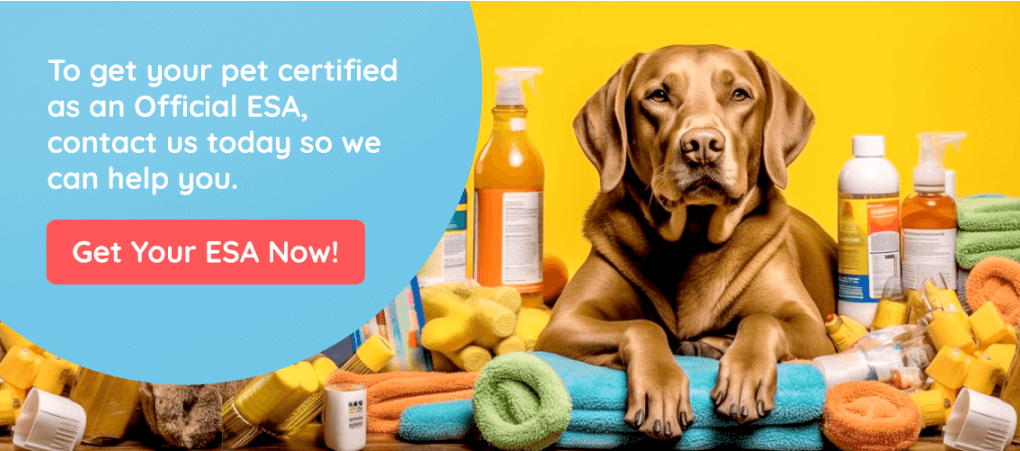Hello, loving pet parents!
Noticed your furry friend scratching more than usual or sneezing non-stop? Sounds like they might have an allergy. Here’s a quick guide to understanding why our pets act this way and how we can help!
Itchy Skin: What’s Bugging Them?
When our pets keep scratching, a few things might be causing it:
Flea Bites: Tiny bugs called fleas can bite and make your pet itch a lot. If you see red, scratchy spots, fleas might be the problem. Remember to check their beds and favorite hangout spots too!
Food Problems: Just like us, some pets can’t eat certain foods. Things like wheat, dairy, or even eggs might be the bad guys. If their food bowl contents make them itchy, a change in diet could help.
Dust and Pollen: Ever sneezed because of flower pollen? Pets can too! Dust, pollen, or even grass can make them scratch and sneeze. It helps to keep them clean and give them a safe space indoors.
Tip: Lots of scratching can cause wounds. If it gets too bad, it might be time for a vet visit.
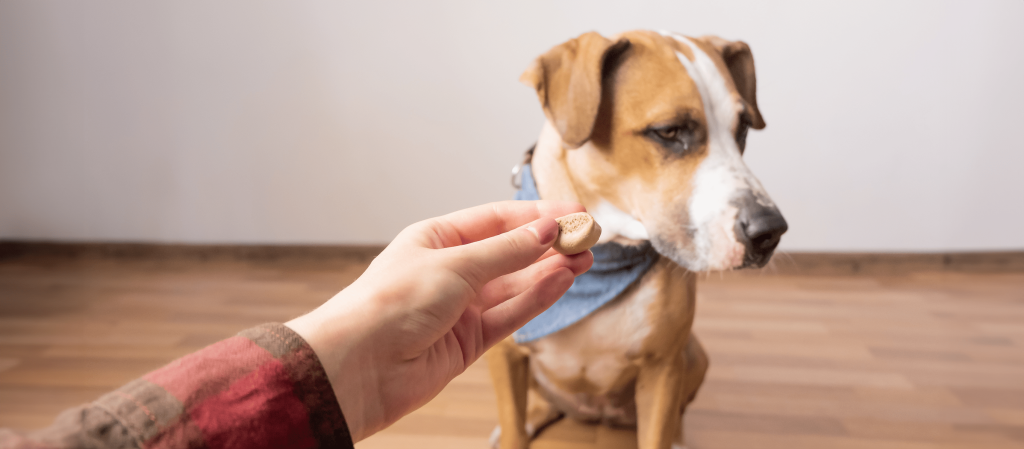
Food Issues: Yummy or Yucky?
Food is yummy, but sometimes it makes our pets feel yucky. If they scratch a lot, or their tummy is upset, or if their skin looks weird, food might be the reason. What to do?
No Treats: For two months, keep their diet simple. No extra treats. This can help you see if the food is the problem.
Add Back Foods: After those two months, slowly bring back their favorite foods. If they itch again, that food might be the problem.
Did you know? Vets have special tests to check if food is making pets feel bad. If you’re really worried, these tests can be a big help!
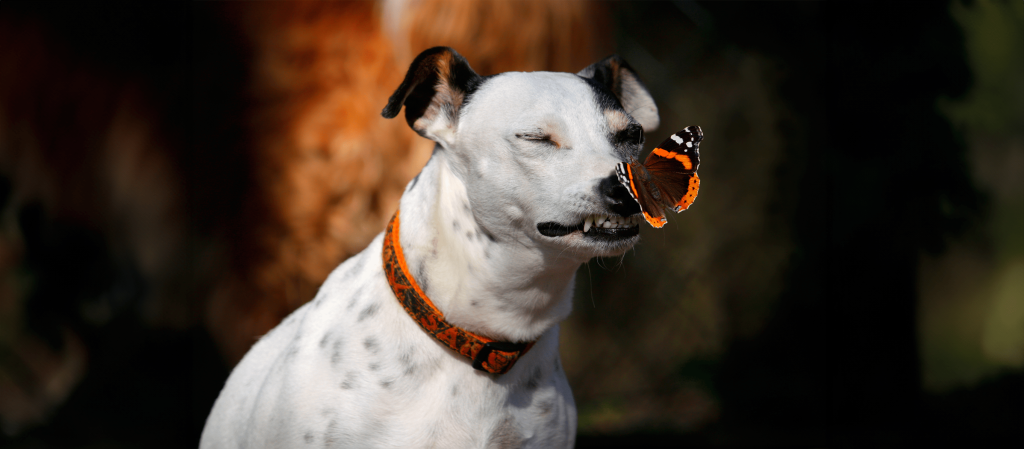
Sneezes from Nature:
The great outdoors is fun but can be sneezy for pets. Why? Things like:
Pollen: Those beautiful flowers can make your pet sneeze.
Mold: Wet and damp places can have mold, which is not good for their nose.
Other stuff: Even some cleaning products or sprays can make them sneeze!
If sneezes don’t stop, maybe your vet can find out the reason.
Pets Allergic to Other Pets?
Yes, it can happen! Imagine a dog sneezing because of a cat. If your pet acts funny around other animals (like sneezing or scratching), they might have a pet allergy. A vet can help figure this out and give advice.
To Wrap Up: If our fluffy pals are sneezing or scratching too much, they need our help. With some care and maybe a vet visit, they’ll be back to their playful selves! Remember, a happy pet makes a happy home!


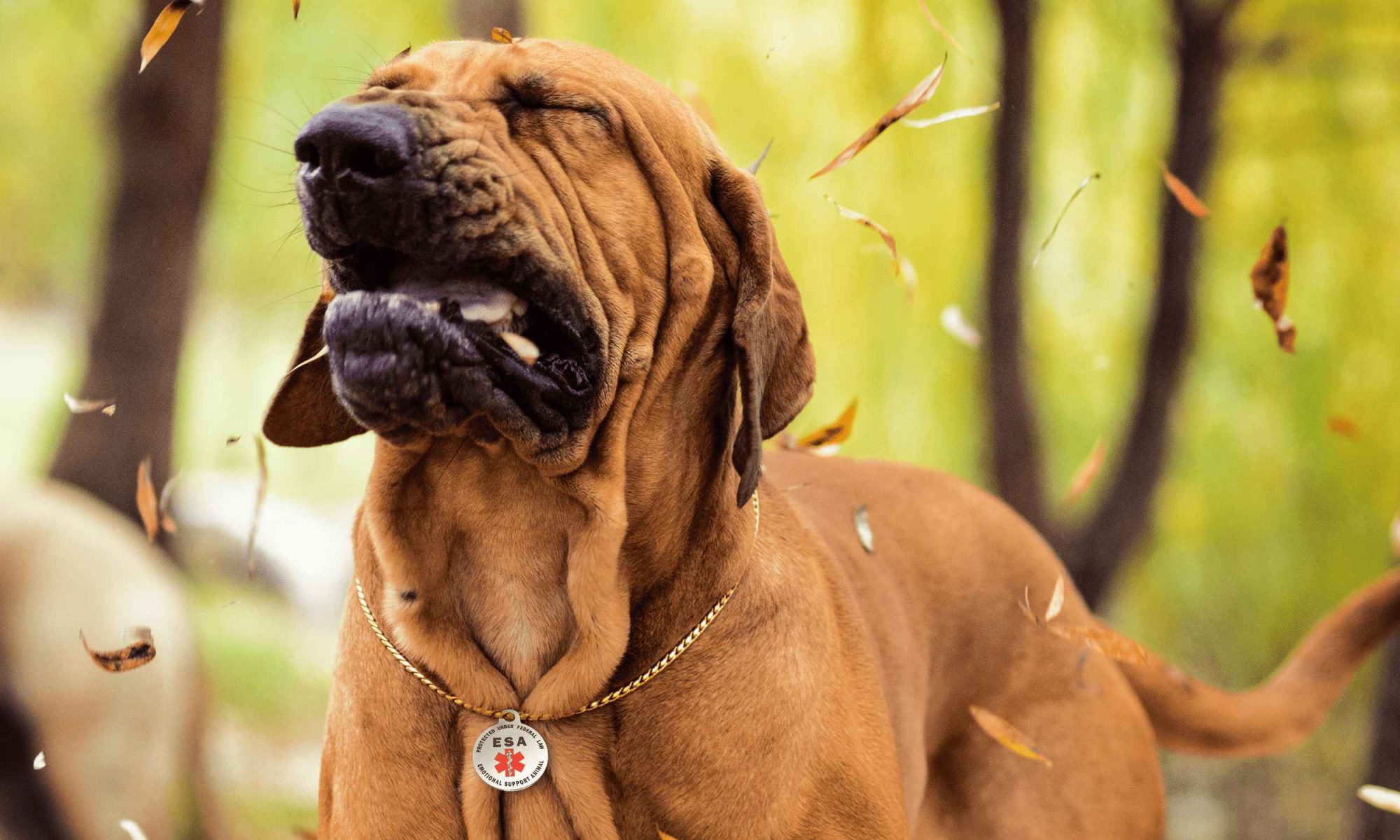
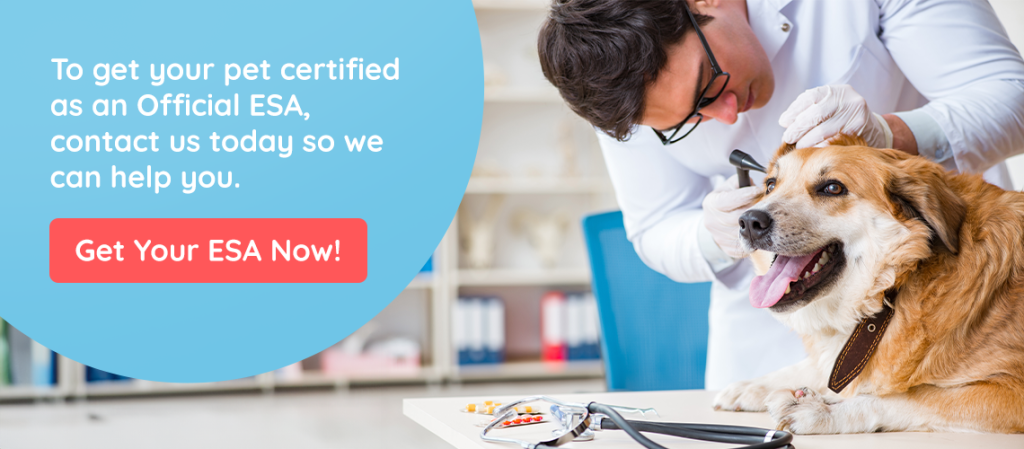


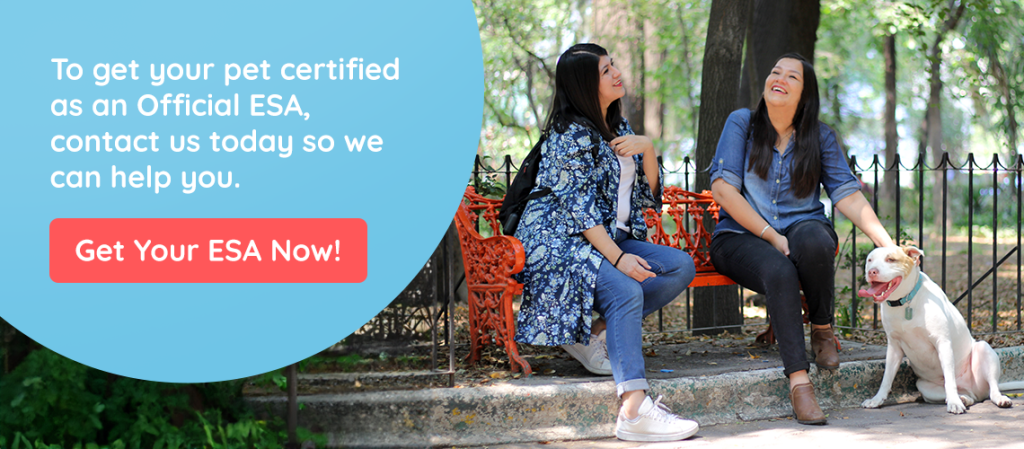
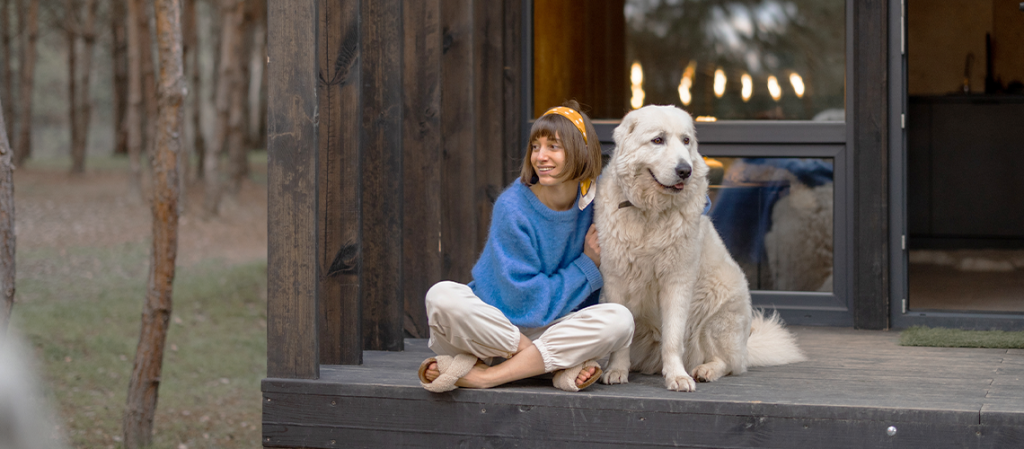

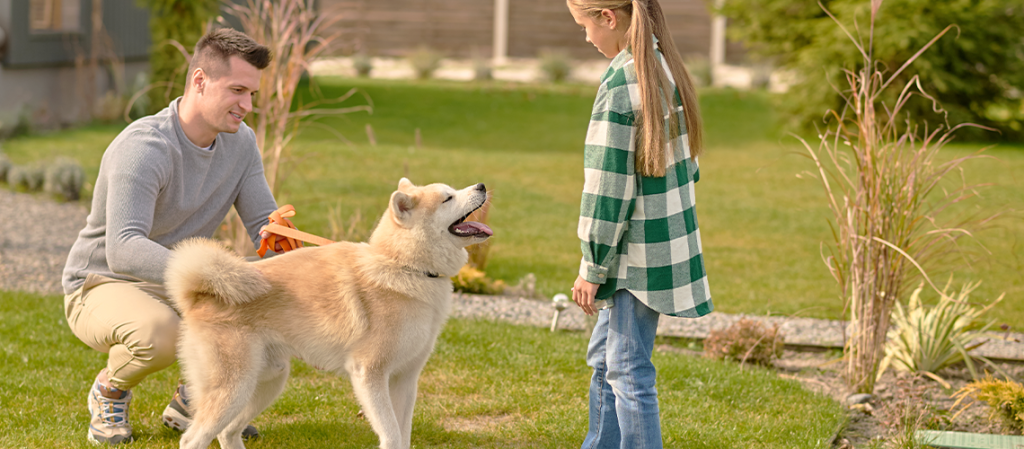
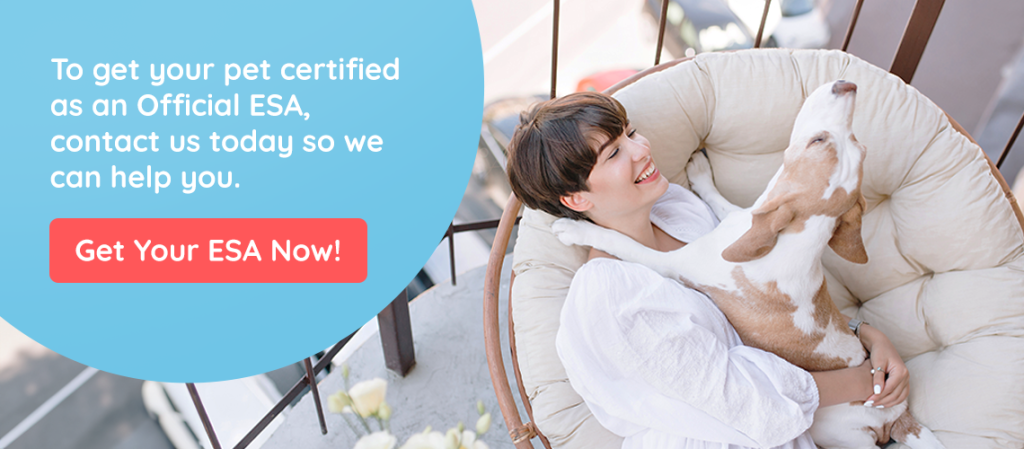
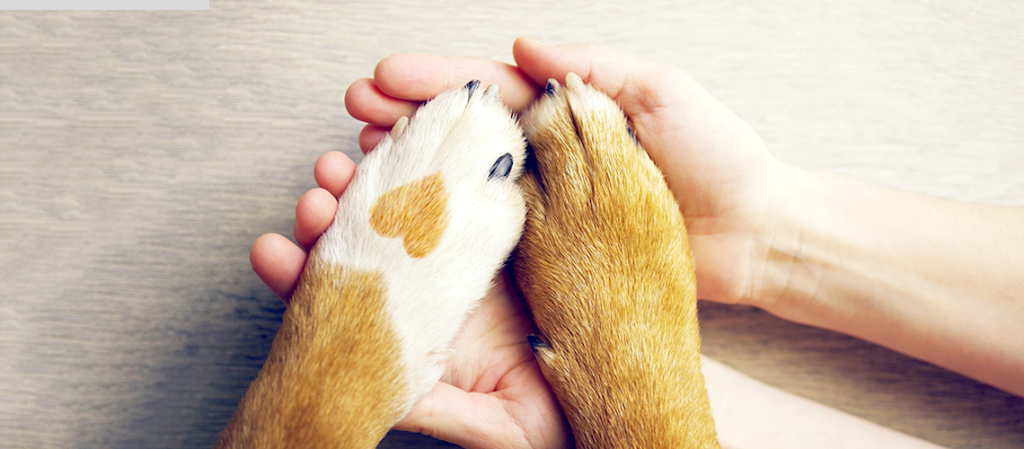



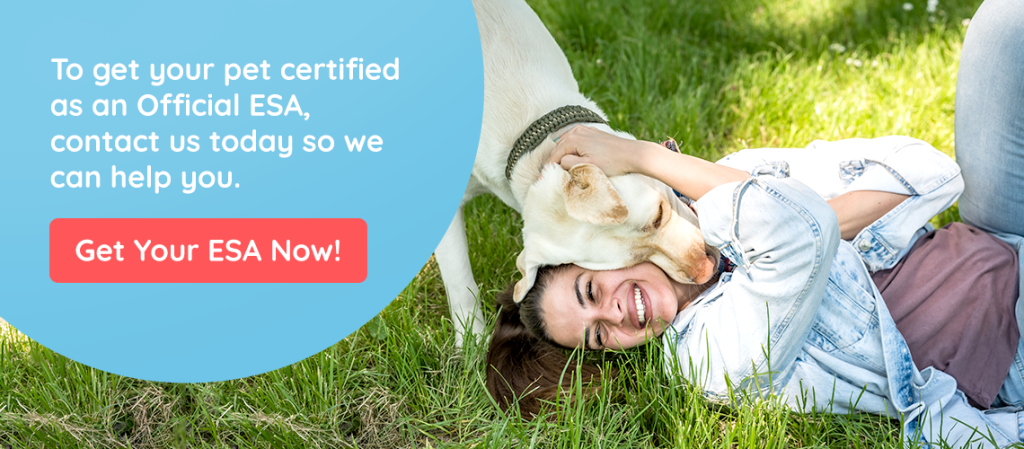
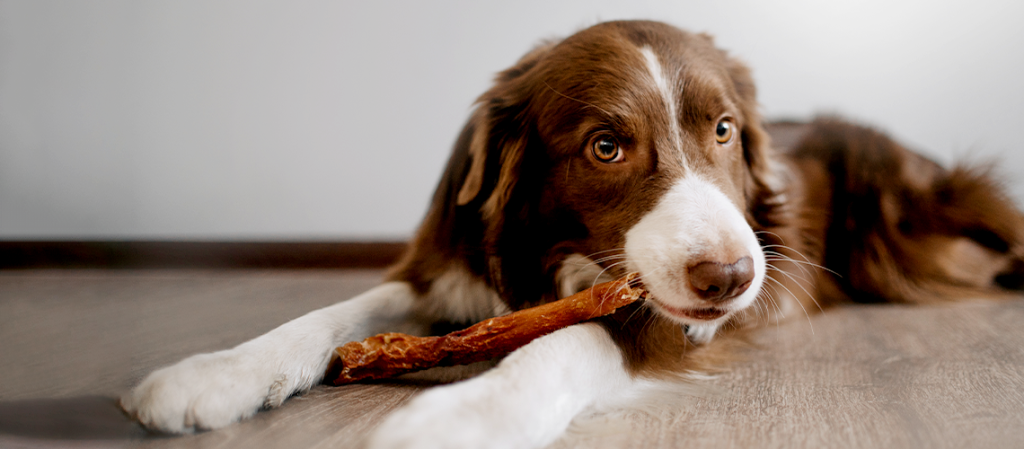
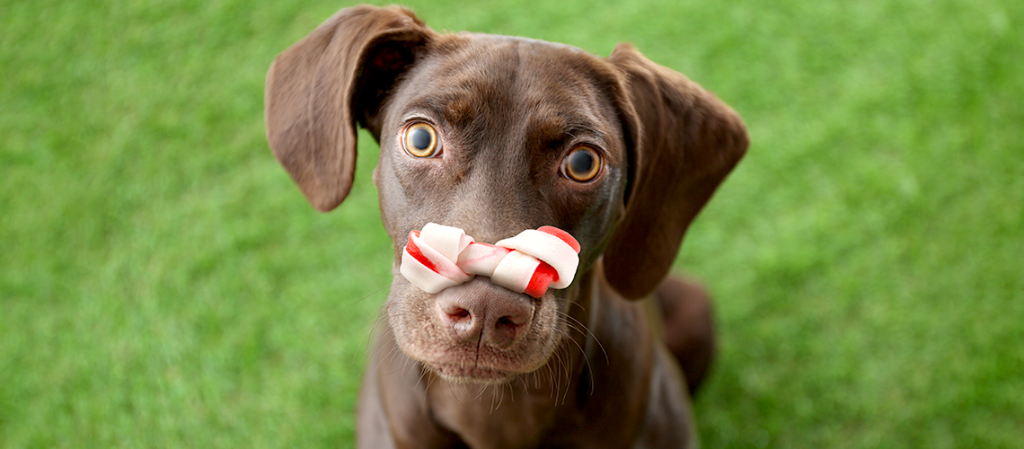

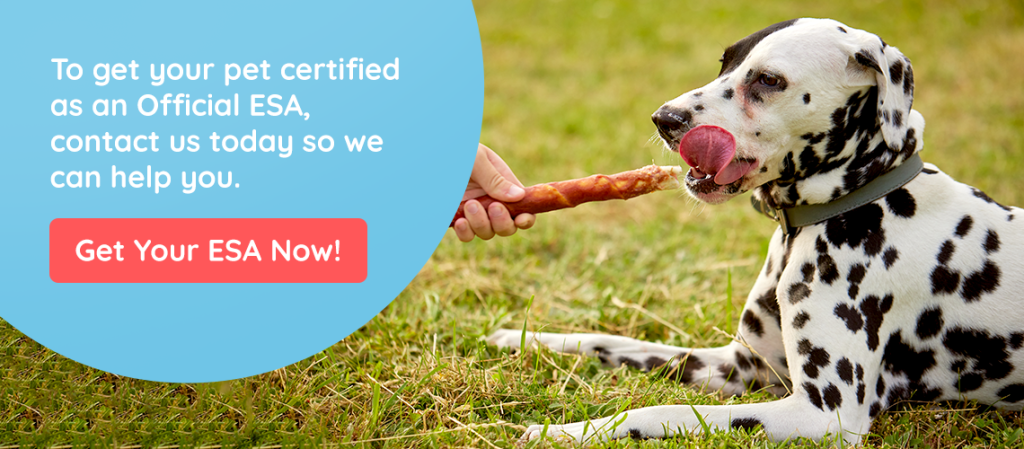
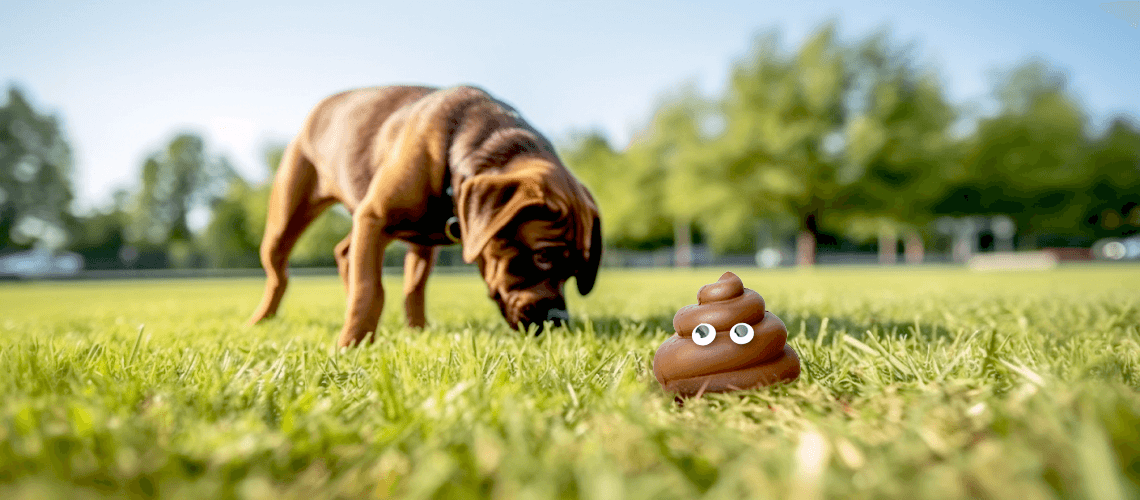
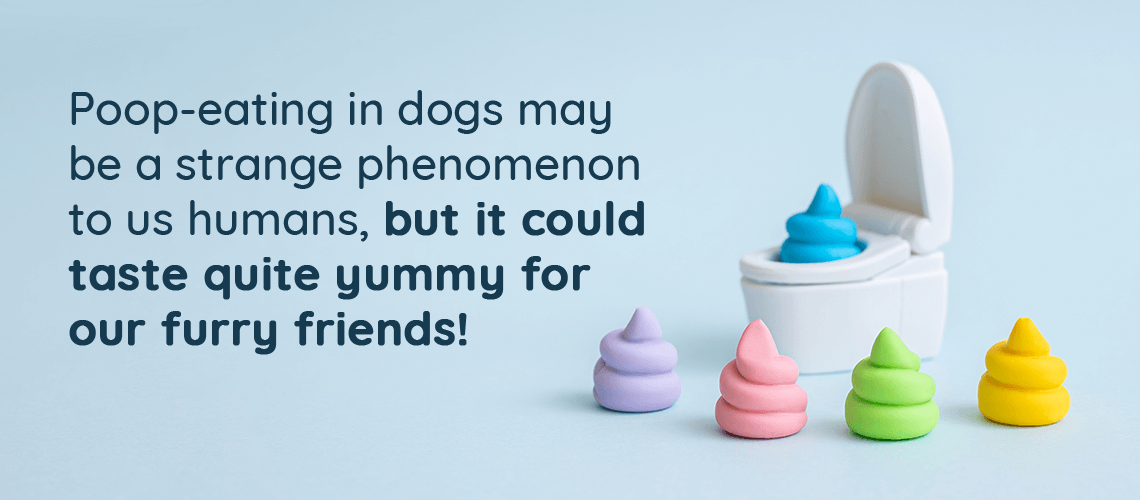
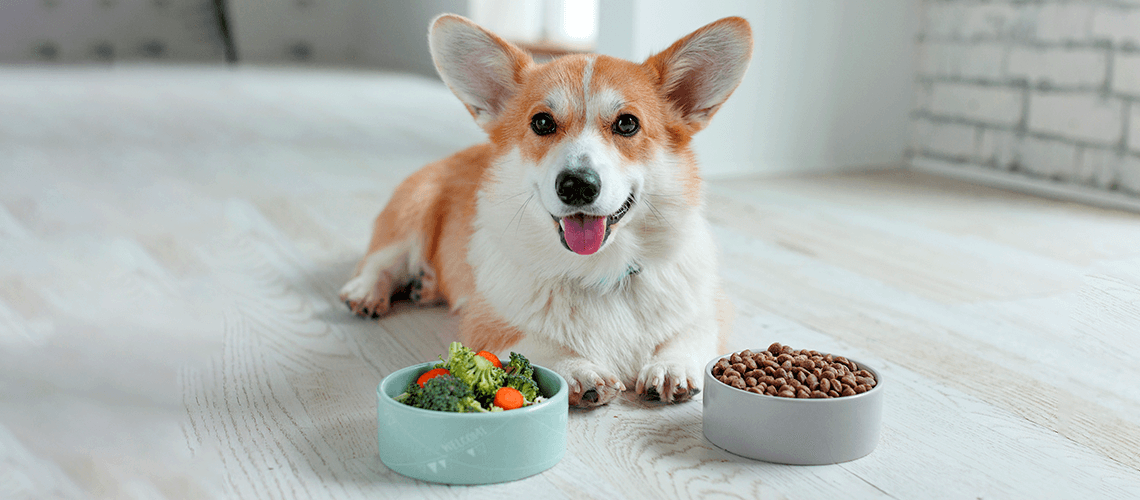
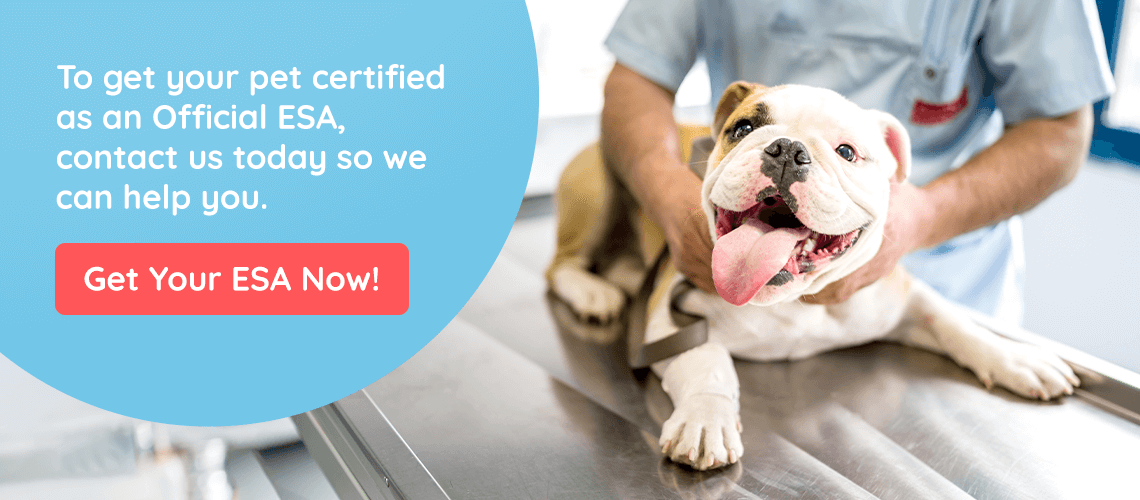
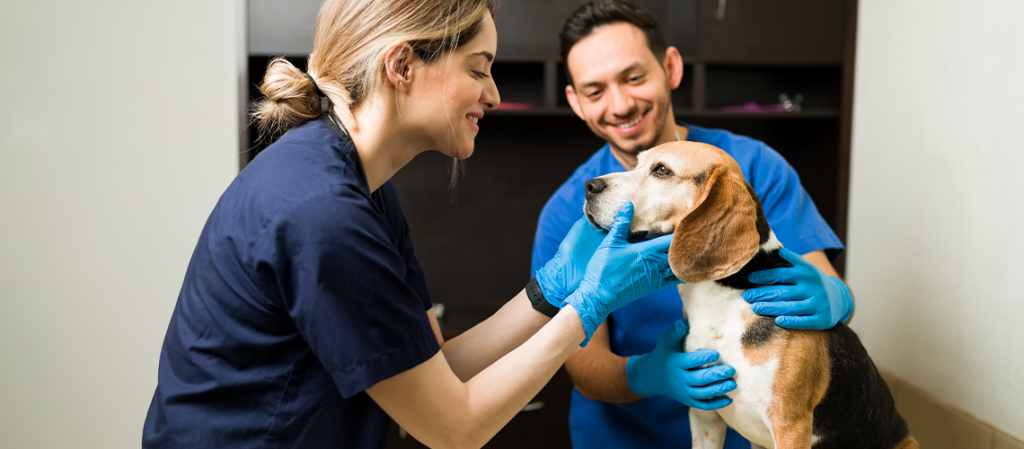
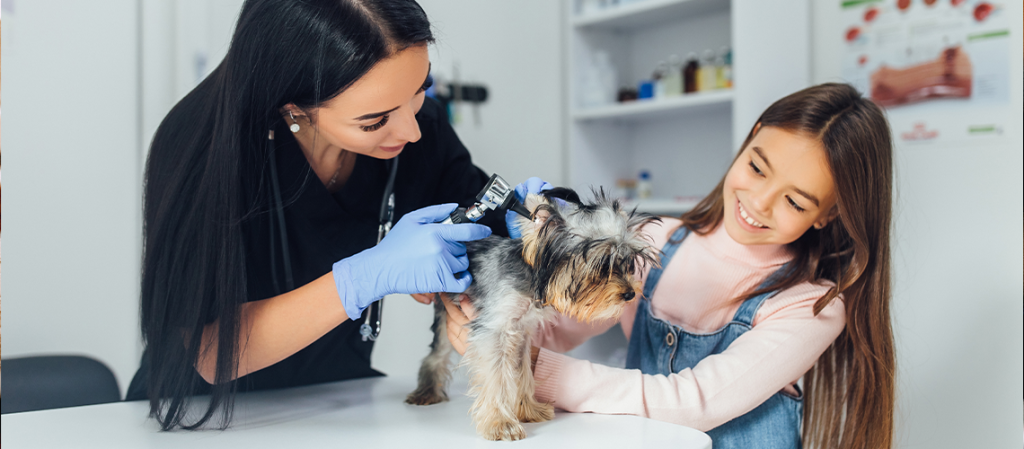
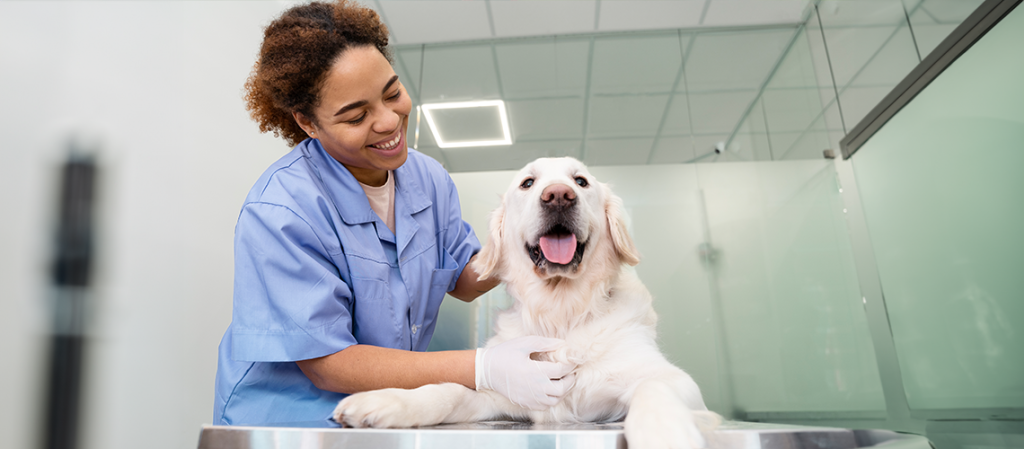
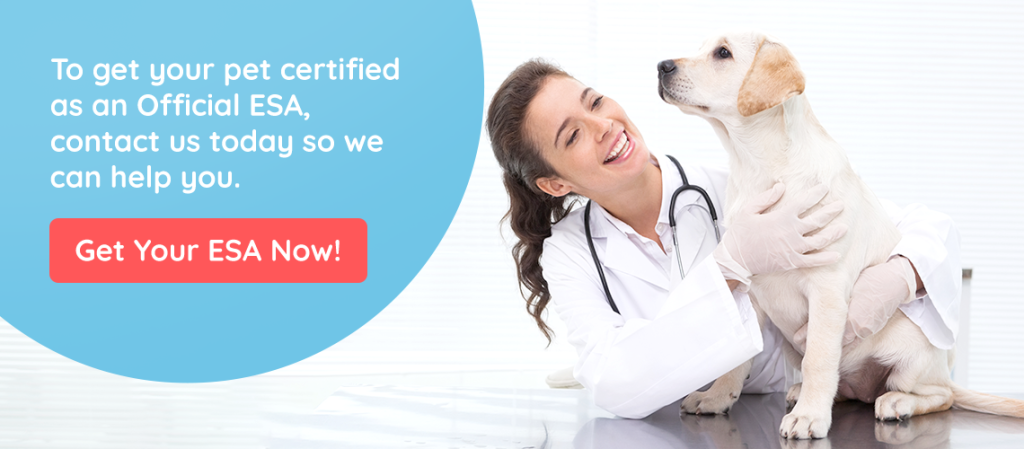
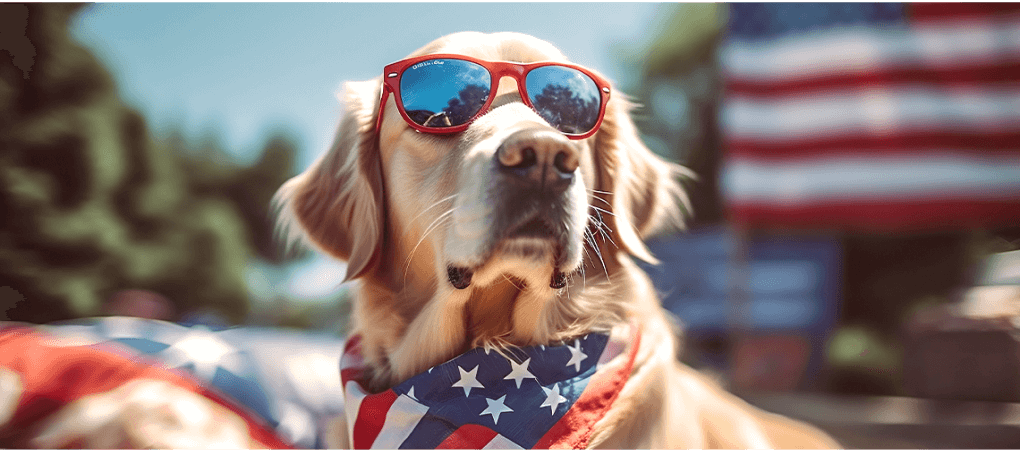

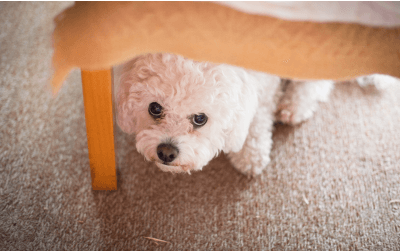
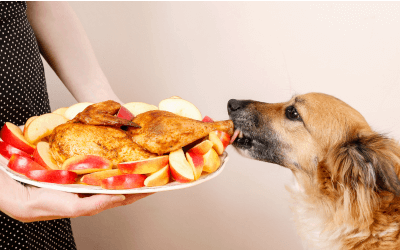

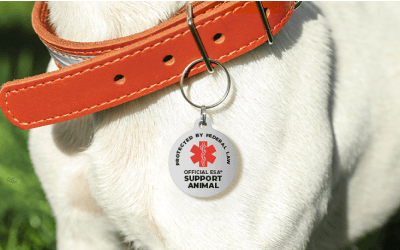
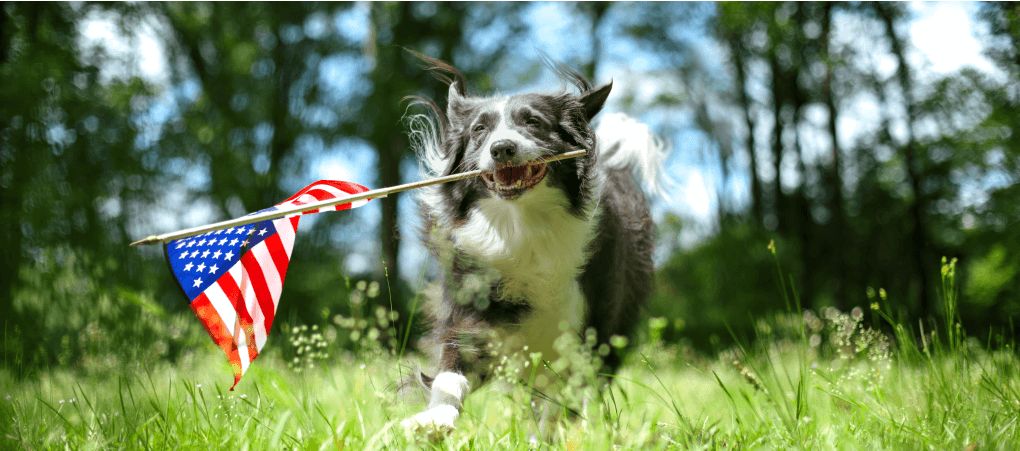
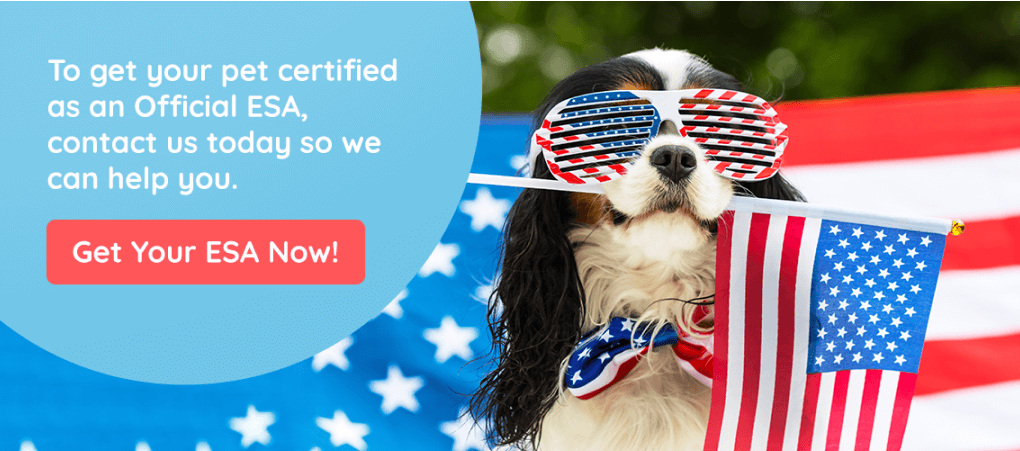

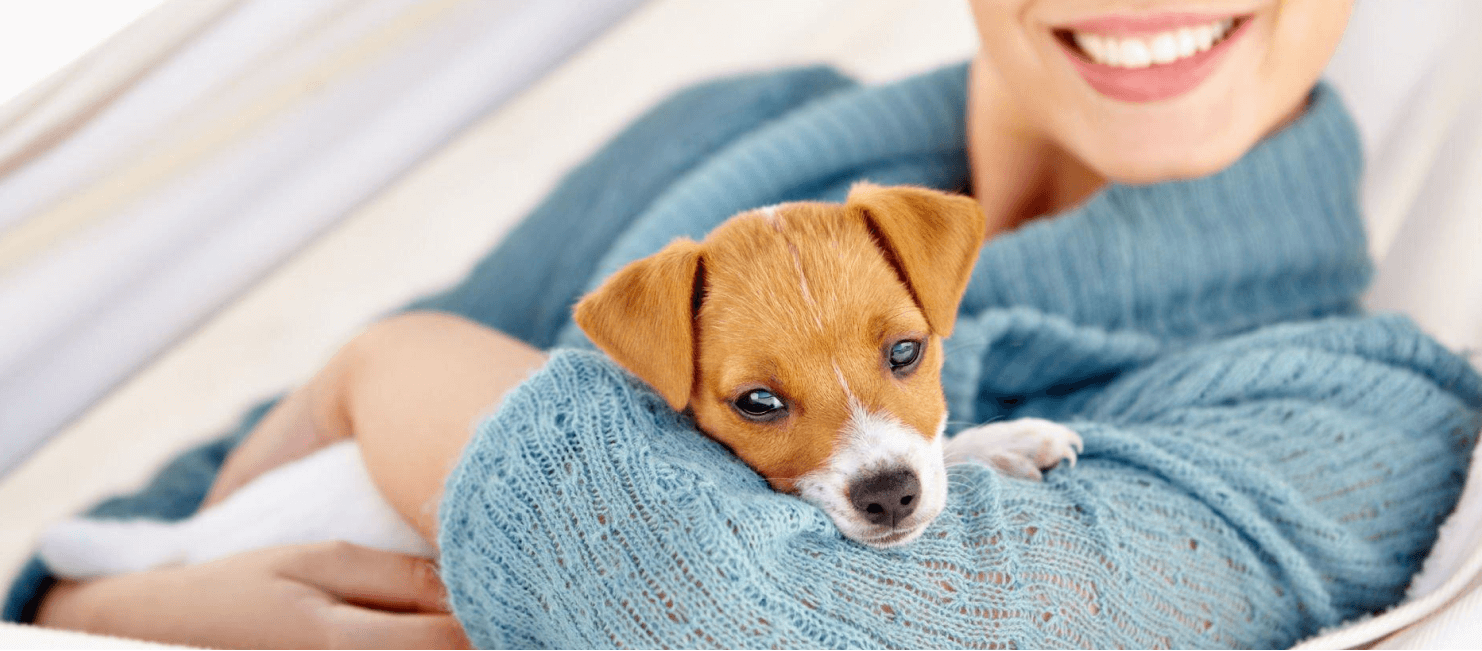
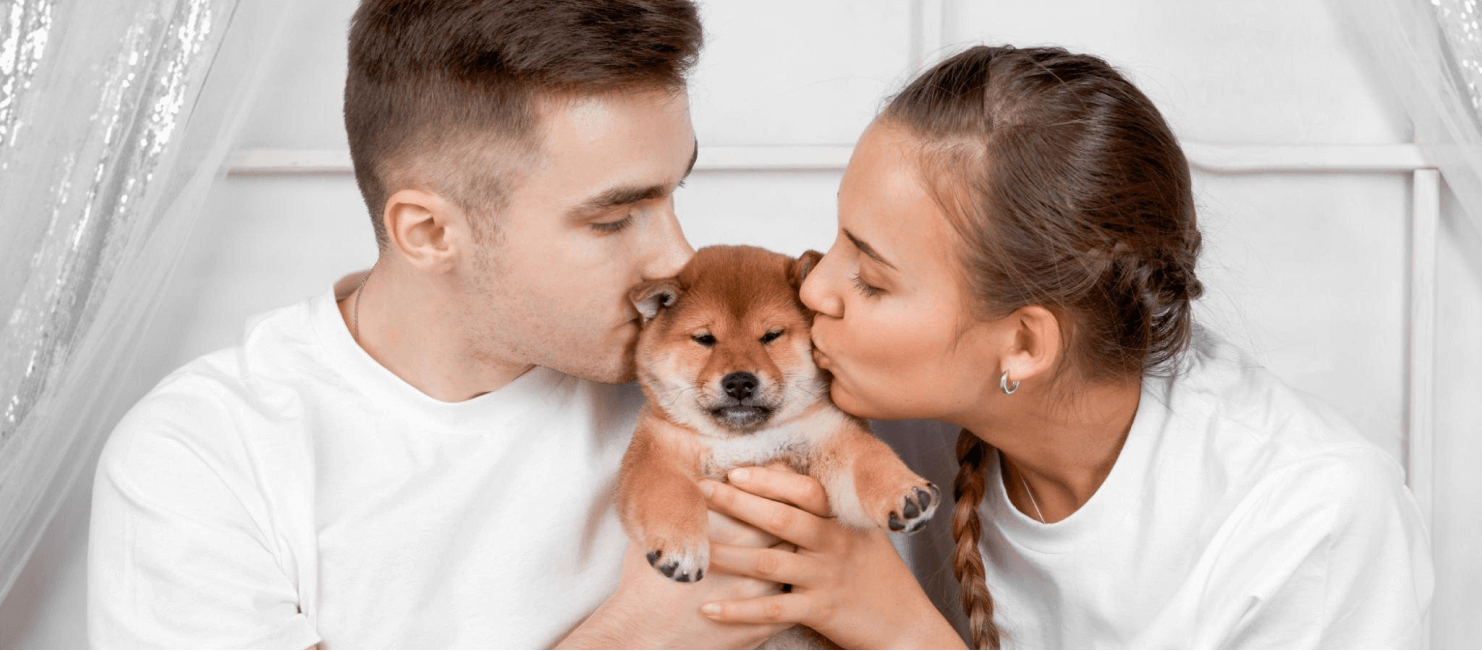

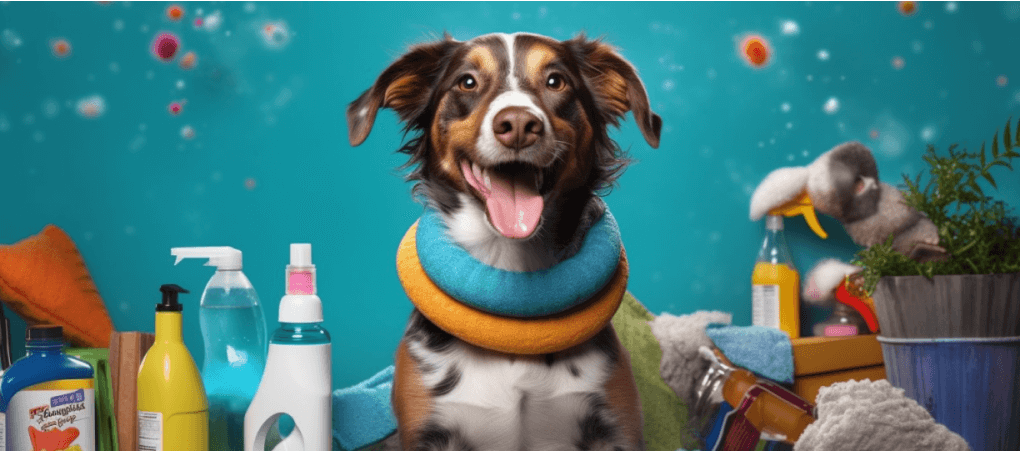
 Pet beds and blankets can get dirty and smelly. Washing them often will keep your pets clean and healthy. Here’s how to do it:
Pet beds and blankets can get dirty and smelly. Washing them often will keep your pets clean and healthy. Here’s how to do it: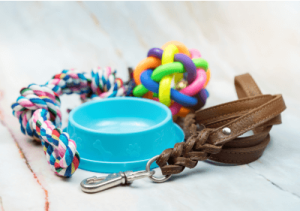 Toys can get dirty and carry germs that can make your pets sick. Cleaning them often keeps your pets safe and healthy.
Toys can get dirty and carry germs that can make your pets sick. Cleaning them often keeps your pets safe and healthy.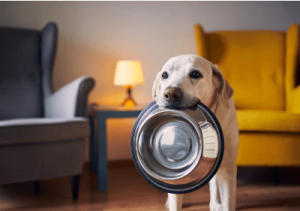 To stop harmful bacteria from growing, cleaning your pet’s food and water bowls daily is essential.
To stop harmful bacteria from growing, cleaning your pet’s food and water bowls daily is essential.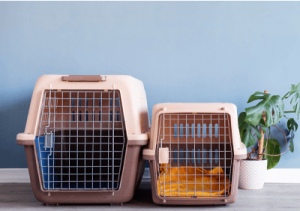 Pet carriers and crates should be cleaned often to remove dirt, hair, or other things that can build up.
Pet carriers and crates should be cleaned often to remove dirt, hair, or other things that can build up.